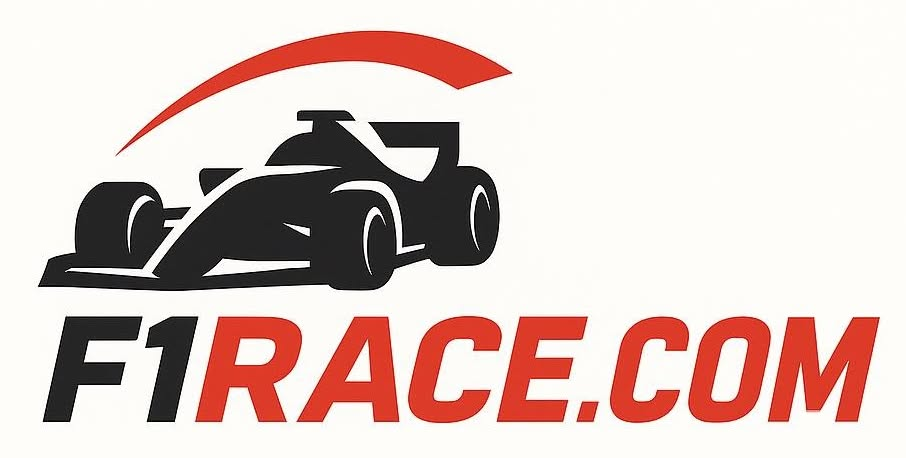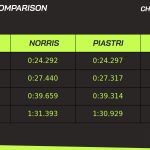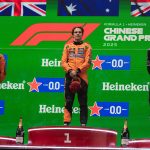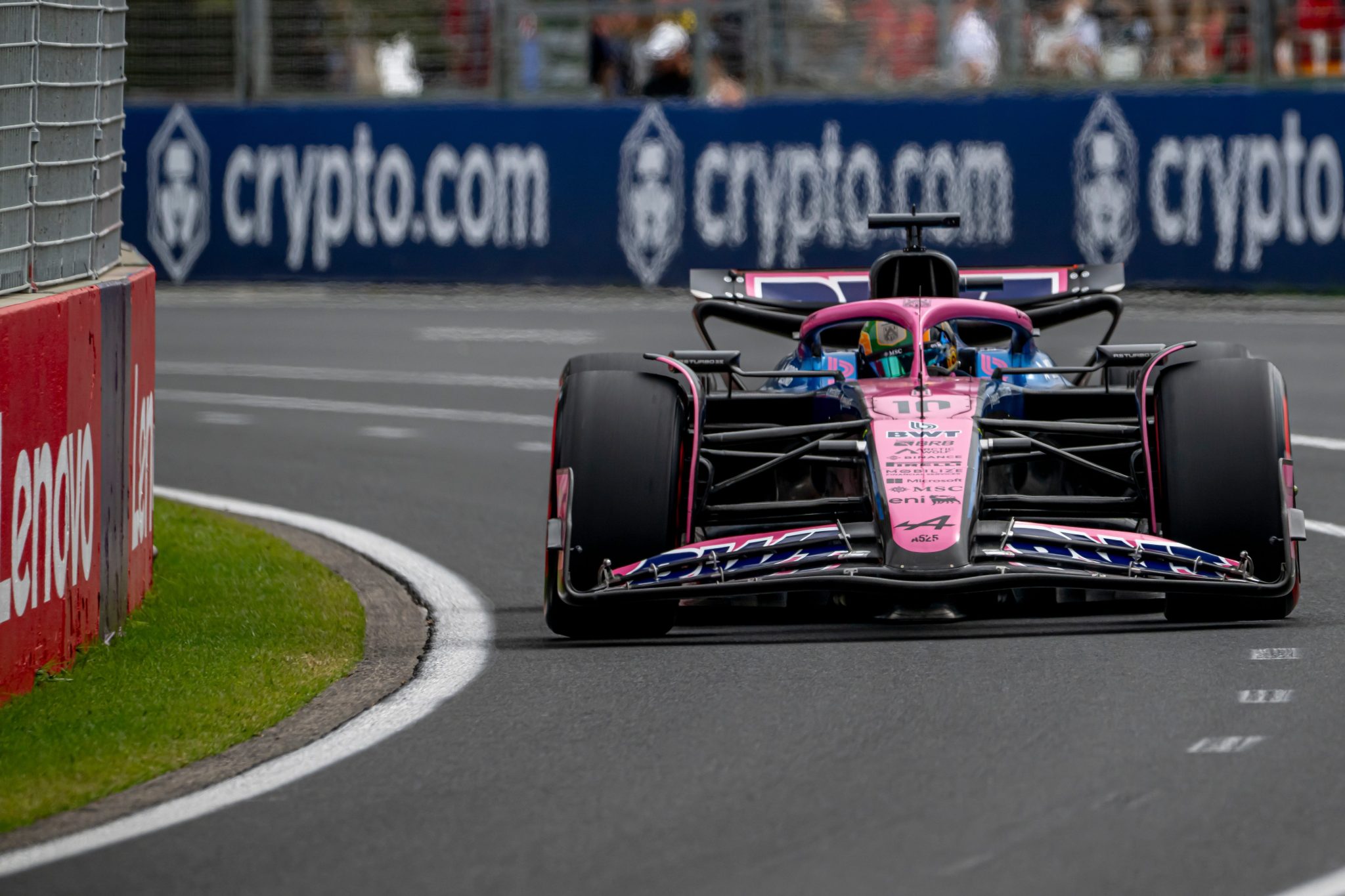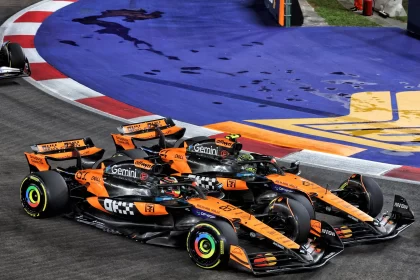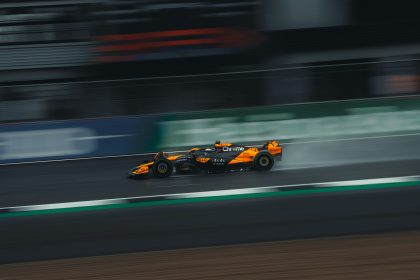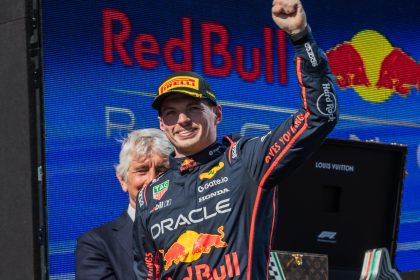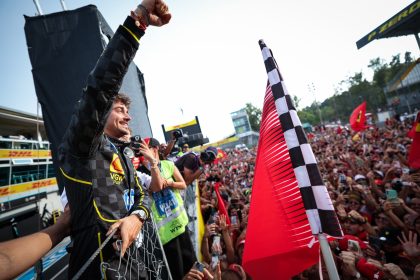The Imola Gambit: Alpine’s Five-Race Roulette
If you thought Formula 1’s silly season was reserved for the summer break, you haven’t been paying attention to Alpine. In a move that would make even the most Machiavellian team principals of the 1980s blush, the Enstone squad has executed a double bombshell: rookie Jack Doohan is out of the car after just six races, replaced by Franco Colapinto for a five-race “trial,” and team principal Oliver Oakes has resigned with immediate effect. The timing? Days before the European season kicks off at Imola, a circuit that has seen its share of drama but rarely of this boardroom variety.
- The Imola Gambit: Alpine’s Five-Race Roulette
- The Anatomy of a Coup: Oakes Out, Briatore Ascendant
- Doohan’s Downfall: A Rookie Season Unravels
- Colapinto’s Second Coming: Five Races to Prove a Point
- The Briatore Factor: History Repeats Itself
- The Broader Context: A Grid in Flux
- The Statistical Angle: Alpine’s Gamble by the Numbers
- The Human Cost: Doohan’s Dilemma
- The Verdict: Alpine’s High-Stakes Game
- Waste a bit more time
Let’s be clear: this is not your garden-variety driver swap. This is a public admission that Alpine’s much-vaunted “youth project” has gone off the rails, and that the team’s internal politics are as combustible as a 1985 turbo engine on full boost.
Flavio Briatore, Alpine Executive Advisor, said:
Having reviewed the opening races of the season, we have come to the decision to put Franco in the car alongside Pierre for the next five races. With the field being so closely matched this year, and with a competitive car, which the team has drastically improved in the past 12 months, we are in a position where we see the need to rotate our line-up.
Read Alpine’s official statement
The Anatomy of a Coup: Oakes Out, Briatore Ascendant
The sequence of events reads like a Le Carré novel. Oakes, who took over as team principal less than a year ago, is out the door just as the driver change is announced. The official line is a “personal decision,” but the timing—immediately after Doohan’s demotion—suggests otherwise. Flavio Briatore, the perennial paddock operator, steps in to “cover the duties previously performed by Oliver Oakes.” For those with long memories, Briatore’s return to the sharp end of F1 management is as surprising as it is telling. The man who once masterminded Michael Schumacher’s Benetton titles and Fernando Alonso’s Renault glory years is back, and Alpine’s future now rests in his hands.
Oakes resigns as Alpine team principal amid driver change controversy
Doohan’s Downfall: A Rookie Season Unravels
Jack Doohan’s rookie campaign was always going to be a pressure cooker. Promoted to a full-time seat after a promising stint as reserve, Doohan was expected to build on his F2 pedigree and challenge Pierre Gasly. Instead, his season has been a litany of misfortune: two first-lap crashes (Australia and Miami), penalties in China, a heavy shunt in Suzuka, and, crucially, zero points on the board. The nadir came in Miami, where he outqualified Gasly but collided with Liam Lawson at Turn 1 and retired.
Jack Doohan said:
I am very proud to have achieved my lifelong ambition to be a professional Formula 1 driver and I will forever be grateful to the team for helping me achieve this dream. Obviously, this latest chapter is a tough one for me to take because, as a professional driver, naturally I want to be racing.
The writing was on the wall from the moment Franco Colapinto was signed as reserve. The Argentine’s impressive cameo at Williams last year—points in Baku and Austin, albeit with a few crashes—made him a tantalizing alternative. Commercial factors (read: Latin American sponsorship) and Briatore’s personal preference tipped the scales.
What made Doohan/Alpine unworkable and a change inevitable
Colapinto’s Second Coming: Five Races to Prove a Point
Franco Colapinto is no stranger to pressure. After a nine-race stint at Williams in 2024, he returns to the grid with Alpine for a five-race audition: Imola, Monaco, Barcelona, Canada, and Austria. The team will then “re-evaluate” before Silverstone. In the words of Briatore, “The next five races will give us an opportunity to try something different and after this time period we will assess our options.”
Franco Colapinto said:
I have stayed sharp, and I am as ready as possible with the team’s race support testing programme, as well as on the simulator at Enstone. I will do my best to get up to speed quickly and give it my all to deliver the best possible results alongside Pierre.
The subtext is clear: Colapinto is on trial, and so is Alpine’s entire driver development philosophy. If he impresses, he could secure a long-term seat. If not, the revolving door may swing again—Paul Aron, another highly rated reserve, is waiting in the wings.
Colapinto replaces Doohan at Alpine – but faces review after five races
The Briatore Factor: History Repeats Itself
For those who remember the Benetton and Renault years, Briatore’s fingerprints are unmistakable. Ruthless driver management, a penchant for mid-season shakeups, and a nose for commercial opportunity. In the 1990s, he rotated drivers with the same frequency as some teams change front wings. The difference now is that the stakes are higher: Alpine is a works team with ambitions to challenge the McLaren-Red Bull hegemony, not a midfield outfit content with the odd podium.
Briatore’s return is both a throwback and a gamble. His methods delivered titles in the past, but the modern F1 paddock is less forgiving of political intrigue and more attuned to the optics of “fairness.” Still, as the saying goes, “If you want loyalty, buy a dog. If you want results, call Flavio.”
The Broader Context: A Grid in Flux
Alpine’s turmoil is emblematic of a wider volatility up and down the grid. The Miami Grand Prix was a microcosm of the new F1: McLaren dominant (Piastri and Norris 1-2), Mercedes’ rookie Kimi Antonelli on pole for the Sprint, and Ferrari mired in intra-team tension as Lewis Hamilton and Charles Leclerc squabbled over team orders. The youth movement is in full swing—Antonelli, at 18, is the youngest polesitter in history, and the average age of the podium is lower than the price of a Miami GP hot dog.
Meanwhile, the American audience is surging, with the Miami GP now locked in until 2041 and a demographic shift that would make even Liberty Media’s marketing department blush. As Sir Jackie Stewart put it, “That’s the proper way to describe Formula 1 right now: young and fast.”
Miami GP showcases F1’s youth movement, American popularity
The Statistical Angle: Alpine’s Gamble by the Numbers
Let’s indulge in a little historical context. Since 1980, only a handful of teams have rotated drivers mid-season for performance reasons—usually with disastrous results. The last time a works team made such a public mid-year switch was Renault in 2009, when Nelson Piquet Jr. was replaced by Romain Grosjean. The result? No podiums, a lot of headlines, and a certain “Crashgate” scandal that still haunts the sport.
Alpine’s current points tally is less than half of what they managed at this stage last year. Gasly has been the only consistent scorer, and the team sits adrift of the top three. The hope is that Colapinto can inject some pace and, perhaps more importantly, some positive PR.
The Human Cost: Doohan’s Dilemma
For Jack Doohan, the demotion is a bitter pill. The son of motorcycle legend Mick Doohan, Jack’s F1 dream is now on hold, but not extinguished. He remains Alpine’s reserve and could yet return if Colapinto falters. But the psychological toll of being benched mid-season is not to be underestimated. As history shows, few drivers recover from such public setbacks—Jean Alesi, anyone?
The Verdict: Alpine’s High-Stakes Game
So, what does it all mean? Alpine has rolled the dice in spectacular fashion. If Colapinto delivers, Briatore will be hailed as a genius. If not, the team risks becoming a case study in how not to manage young talent. For the rest of us, it’s a reminder that Formula 1, for all its technological sophistication, remains a human drama—equal parts speed, politics, and the occasional act of self-sabotage.
As for Imola, expect the paddock to be abuzz with speculation, and for every camera to be trained on the blue and pink cars. In the words of a certain world champion, “Let’s wait for the third race before calling anyone a legend.” But in Alpine’s case, they may not have that long.
